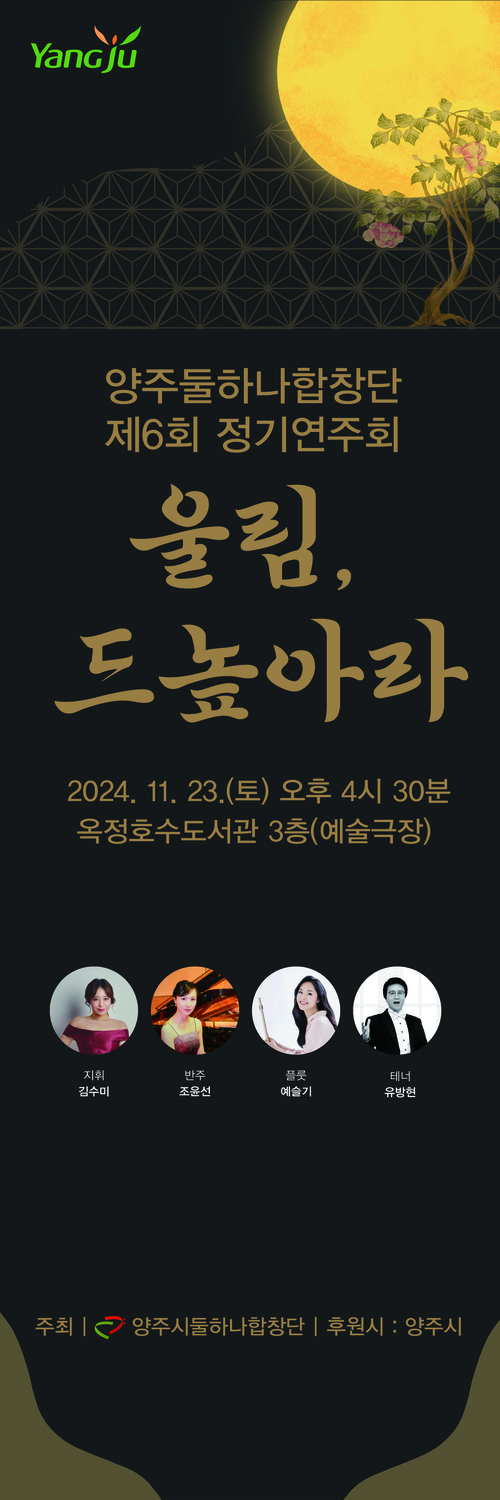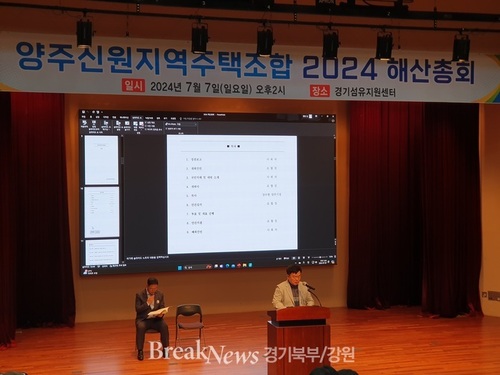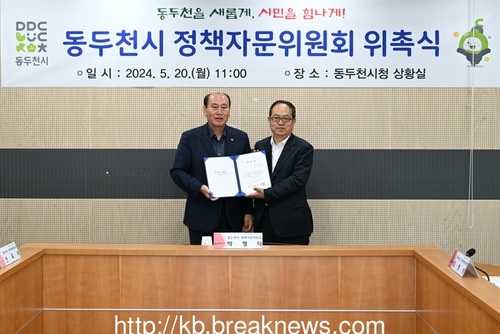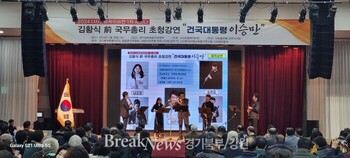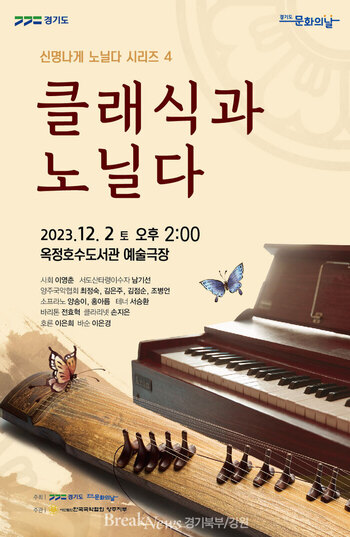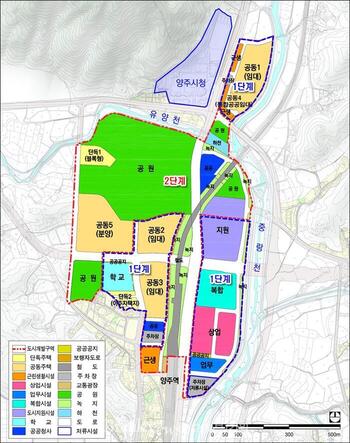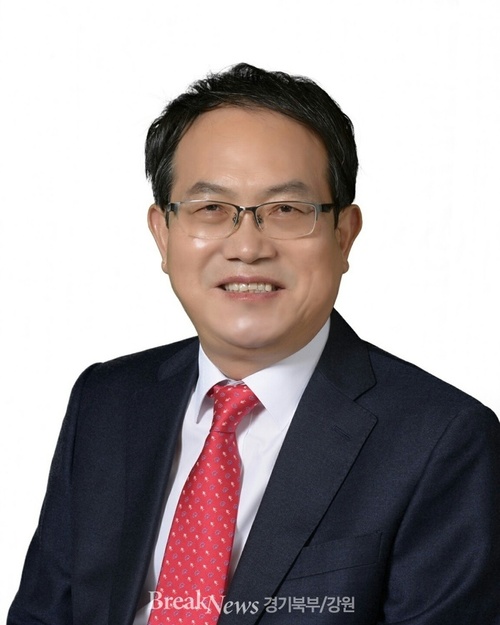양주시, 노인장기요양기관 총량제 지정 고시
지역 내 장기요양기관의 과잉 공급 방지 및 시설급여 등급자에게 양질의 요양서비스 제공
양주시, 노인장기요양기관 총량제 지정 고시지역 내 장기요양기관의 과잉 공급 방지 및 시설급여 등급자에게 양질의 요양서비스 제공
[김현우 기자 = 경기북부/강원] 26일 양주시는 지역 내 장기요양기관의 과잉 공급을 방지하고 시설급여 등급자에게 양질의 요양서비스를 제공하기 위해 노인장기요양기관 지정제 강화(총량제)를 지정 고시했다고 밝혔다.
이번 총량제는 노인장기요양보험법과 보건복지부 지침 개정을 근거로 현재 과잉 공급(공급률 123%)된 관내 노인의료복지시설 지정을 제한하고 공급률이 110% 미만일 경우 신규 지정이 가능하다는 것을 골자로 한다고 했다.
이에 따라 시행일 이전 접수된 노인의료복지시설과 그 외 재가노인복지설, 국·공립 장기요양기관의 경우 설치가 가능하지만 노유자시설 신·증축, 용도변경 등으로 인한 지정, 기존 재가노인복지시설에서 노인의료복지시설로 변경, 노인요양공동생활가정 용도 중 단독·공동주택 지정 등은 제한된다고 했다.
노인장기요양제도가 시행된 2008년부터 관내 노인의료복지시설은 연평균 7.4개 기관이 지정돼왔으며 현재 운영 중인 총 104개 기관 중 2018년부터 2020년 3년간 46개 기관이 설치되는 등 시설 수가 큰 폭으로 증가했다고 전했다.
특히 서울과의 접근성이 우수한 백석읍과 장흥면은 다른 지역에 비해 요양단지 개발, 모텔 리모델링으로 전체 시설의 54%가 밀집해 있는 상황이라고 했다.
경기도 내 노인인구 수 대비 정원비율 평균은 3.72%이지만 양주시는 평균치의 3.2배인 12.1%로 도내 가장 높은 수준이며 경기도 내 시설 정원대비 현원비율(입소율) 평균은 82.84%이나 양주시는 75.04%에 그쳐 공실률 또한 높은 편이라고 했다.
또한 시설 수 증가에 비례해 지자체에서 부담하는 기초생활수급자 시설급여 예산 규모는 꾸준히 증가해 2017년 46억원에서 2021년 173억원으로 매해 평균 32억씩 늘어 총 127억이 증가했으며 최근 인구 증가와 함께 시설급여를 제공받는 기초생활수급자 전입자가 늘어 최근 5년간 총 526억원의 시설급여 예산을 지출하는 등 재정 악화 우려가 제기되고 있다고 했다.
양주시는 이번 총량제 실시로 영리목적의 개인시설 중심으로 설치된 장기요양기관의 난립과 과열경쟁에 따른 노인요양서비스 질적 저하를 방지하고 시설 지정 강화를 통해 재정전건성 확보와 예산누수 방지에 기여할 것으로 내다보고 있다고 전했다.
양주시 관계자는 “서울시와 인접한 경기도 지자체 중에서도 양주시는 노인인구 대비 월등하게 많은 노인의료복지시설이 자리잡고 있어 시설의 건전한 운영과 서비스 품질 저하를 막을 수 있도록 진입 장벽을 높이는 총량제를 시행한다”며 “1년 주기로 시설 공급률을 파악해 신규 지정 여부를 판단할 예정”이라고 말했다.
* 아래는 위 기사를 '구글 번역'으로 번역한 영문 기사의 [전문]이다. * Below is the [full text] of an English article translated from the above article as'Google Translate'.
Yangju city, long-term care institutions for the elderly
Preventing oversupply of long-term care institutions in the region and providing high-quality care services to those with facility benefits
[Reporter Hyeon-Woo Kim = Northern Gyeonggi/Gangwon] On the 26th, Yangju City announced the strengthening of the long-term care institution designation system (total volume system) to prevent oversupply of long-term care institutions in the region and to provide high-quality care services to those with facility benefits. said he did
Based on the revision of the Long-Term Care Insurance Act for the Elderly and the guidelines of the Ministry of Health and Welfare, the total amount system will limit the designation of medical welfare facilities for the elderly in the jurisdiction that are currently over-supplied (supply rate of 123%), and that new designation is possible if the supply rate is less than 110%.
As a result, it is possible to install medical welfare facilities for the elderly, other home elderly welfare facilities, and national and public long-term care institutions that were received before the enforcement date, but designation due to new or extended facilities for the elderly, change of use, etc. The change to a medical welfare facility and the designation of single and multi-unit dwellings among the uses of the elderly nursing home are restricted.
Since 2008, when the long-term care system for the elderly was implemented, 7.4 institutions have been designated annually for medical welfare facilities for the elderly in the district, and the number of facilities is large, with 46 institutions being installed from 2018 to 2020 among a total of 104 institutions currently in operation. said to have increased to
In particular, he said that in Baekseok-eup and Jangheung-myeon, which have excellent accessibility to Seoul, 54% of the total facilities are concentrated due to the development of nursing complexes and motel remodeling compared to other regions.
The average ratio of occupancy to the number of elderly population in Gyeonggi-do is 3.72%, but Yangju is 3.2 times the average of 12.1%, which is the highest in the province. He also said it was high.
In addition, in proportion to the increase in the number of facilities, the budget for facility benefits paid by local governments for basic livelihood recipients has steadily increased, from 4.6 billion won in 2017 to 17.3 billion won in 2021, increasing by an average of 3.2 billion won every year, a total of 12.7 billion won. He said that there are concerns about financial deterioration, such as spending a total of 52.6 billion won in facility benefit budget over the past five years as the number of transfer recipients receiving basic livelihood benefits has increased.
Yangju is expected to contribute to securing financial soundness and preventing budget leakage by strengthening the designation of facilities and preventing deterioration in the quality of elderly care services due to overheating and overheating of long-term care institutions installed mainly in for-profit private facilities. said there is
An official from Yangju City said, “Among Gyeonggi Province adjacent to Seoul City, Yangju has many elderly medical welfare facilities compared to the elderly population. We plan to determine whether to designate a new facility by checking the supply rate of facilities on an annual basis,” he said.
이 기사 좋아요
<저작권자 ⓒ 브레이크뉴스 경기북부 무단전재 및 재배포 금지>

댓글
김현우 기자, 양주시, 장기요양기관의 과잉 공급 방지, 시설급여등급자, 양질의 요양서비스, 노인장기요양기관 지정제 강화, 지정 고시 관련기사목록
|
많이 본 기사
경기북부 많이 본 기사
|












